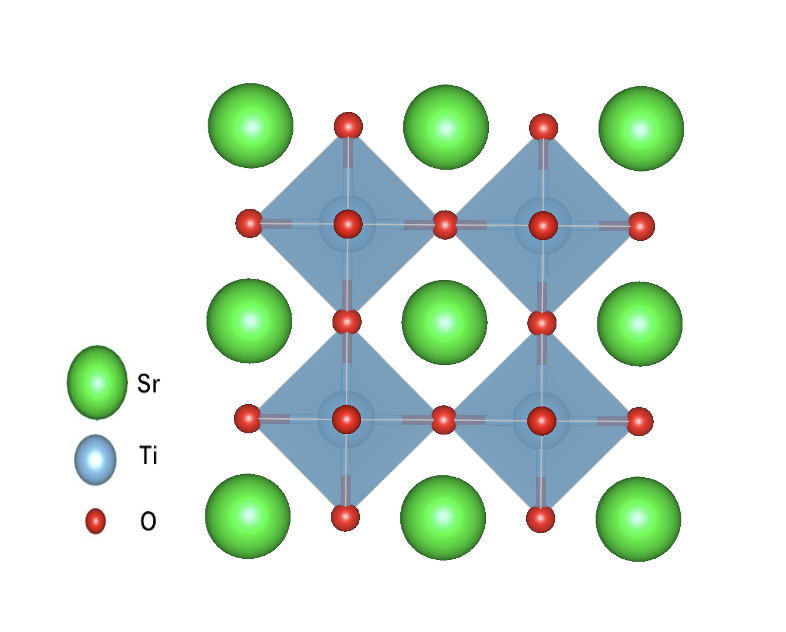 |
|
||||
BiographyMina Bahrami received her MSc. in condensed matter physics from the Amirkabir University of Technology of Tehran in 2021, where she studied a novel 2D material for the new generation of energy storage devices (i.e., lithium and sodium ion batteries). In June 2022 she joined the Institute for Microelectronics, focusing on ab-initio simulations of novel semiconductors and insulators in field-effect transistors. |
|||||
DFT Investigation of the Suitability of SrTiO3 Dielectrics for 2D Electronics
For over six decades, semiconductor technology has relied on silicon as its primary material. However, as field-effect transistors (FETs) approach the sub-5 nm technology node, scaling the conventional three-dimensional (3D) bulk silicon technology presents a significant challenge. Consequently, there is a need to explore novel channel materials, which do not have a native oxide, meaning that a search is underway for suitable insulator materials.
Transition metal oxides, which share the perovskite oxide structure (ABO3), exhibit many interesting and technologically relevant properties. The crystal strontium titanate SrTiO3 (STO) has recently gained tremendous interest from researchers as a potential gate insulator. STO crystallizes in a cubic perovskite structure at room temperature and is known to be quantum paraelectric, with a ferroelectric transition temperature of 0 K. This means that it does not undergo a typical ferroelectric transition and shows a diverging relative permittivity which increases from approximately 200 at room temperature to about 10,000 at 0 K. The bulk is characterized by a cubic unit cell with a lattice parameter of a=3.905 Å and a 3.25 eV band gap, as illustrated in Fig 1.
The bonding in the crystal is of mixed ionic and covalent character. SrO layers exhibit mostly ionic bonding, while TiO2 layers exhibit strong covalent bonding. We use density functional theory (DFT), which has been proven to be a trustworthy tool over the last few decades, to analyze the structural, dielectric, and electronic properties of STO.
In addition, it is established that defects in STO give rise to several important material properties. Understanding defect structures and their effects is important, when considering various technological applications. In STO, point defects are shown to play a critical role in determining the film's structural, optical, and electrical properties. Such point defects in the gate insulator might cause serious reliability issues during transistor operation. Thus, an accurate understanding of the point defects in STO and related charge-trapping phenomena is essential in designing a highly reliable transistor. To understand the role of point defects in STO devices, we have simulated several different defects in STO. Typical point defects in this material are oxygen, strontium, and titanium vacancies.

Fig. 1: Crystal structure of SrTiO3.


